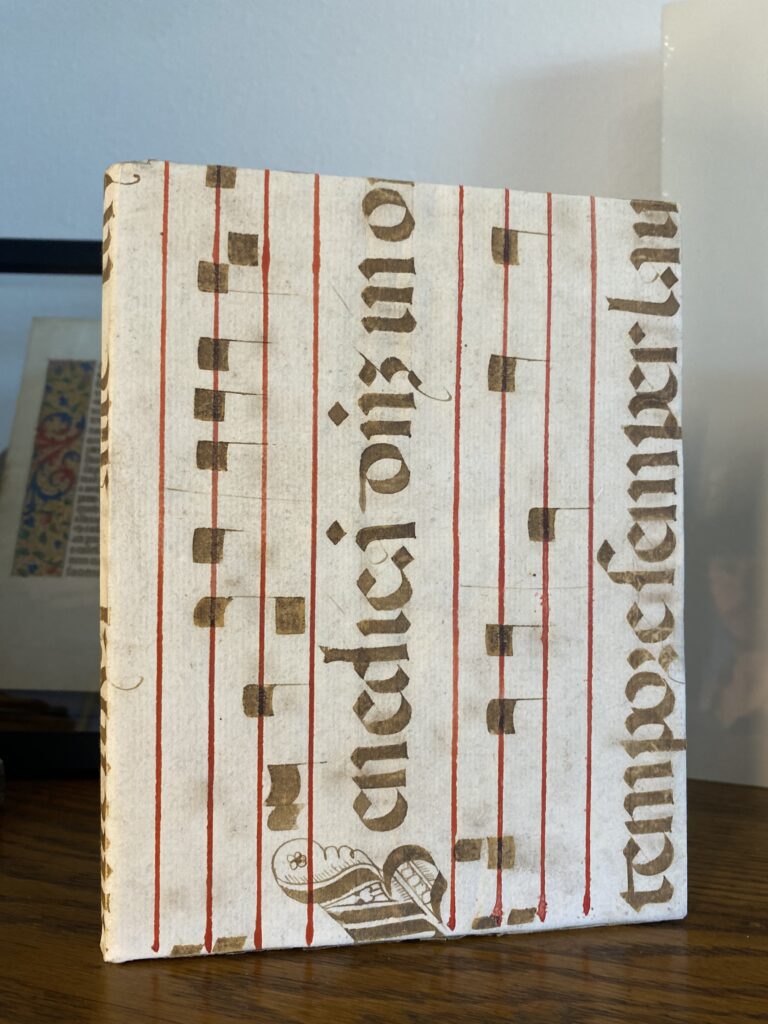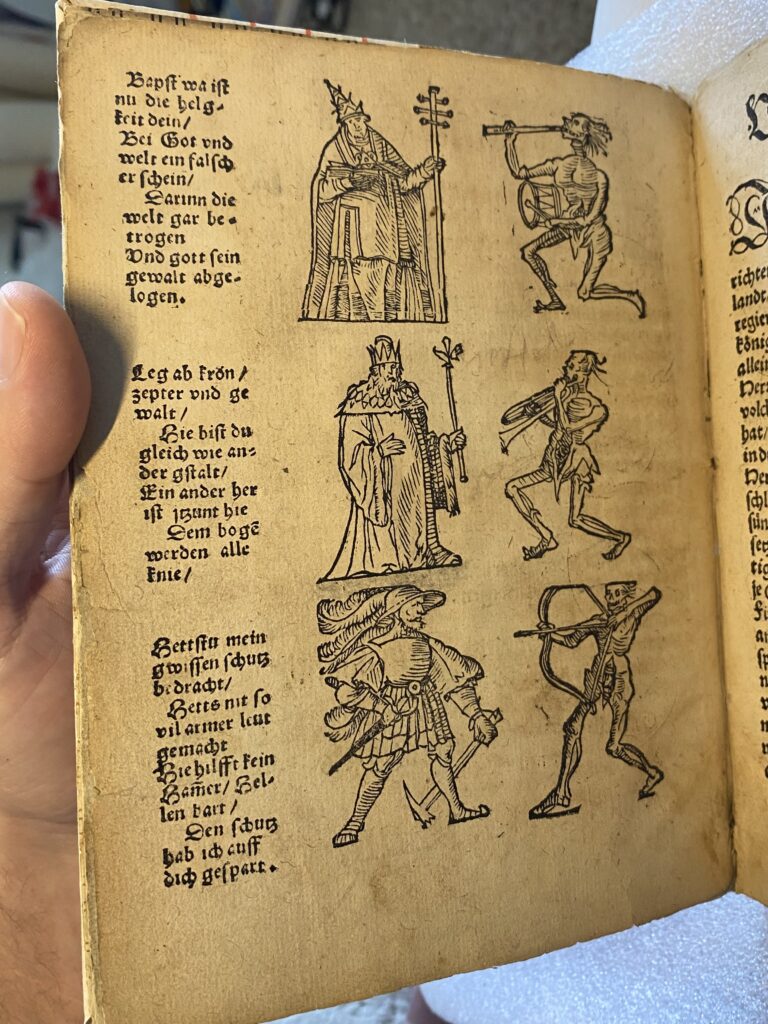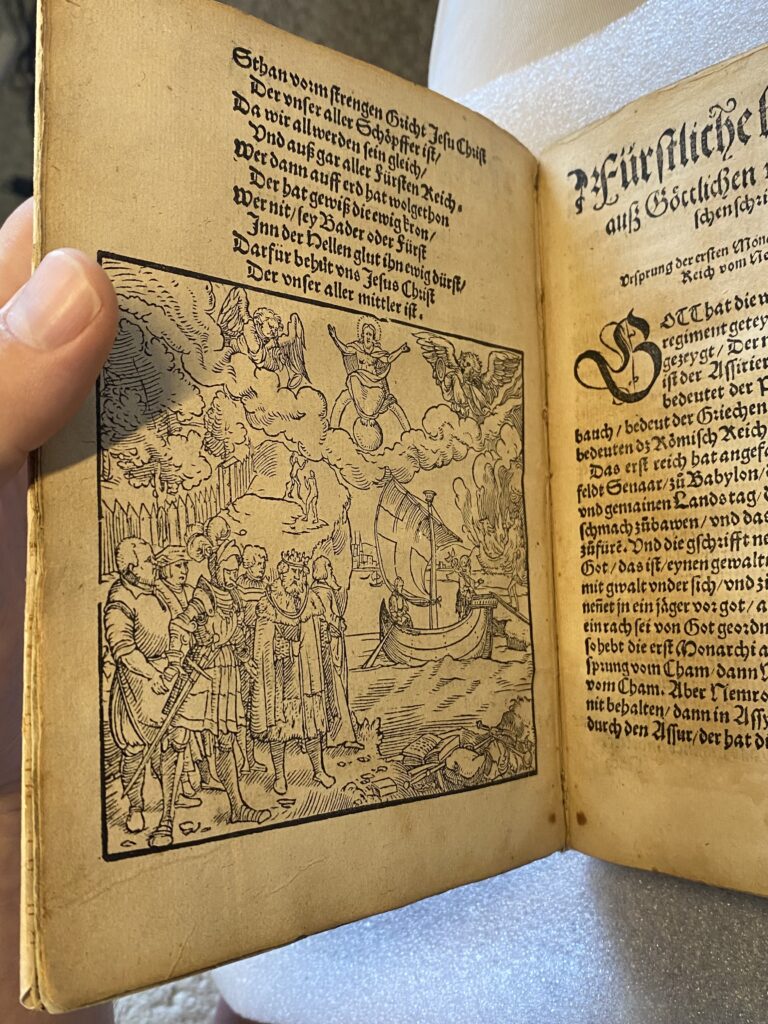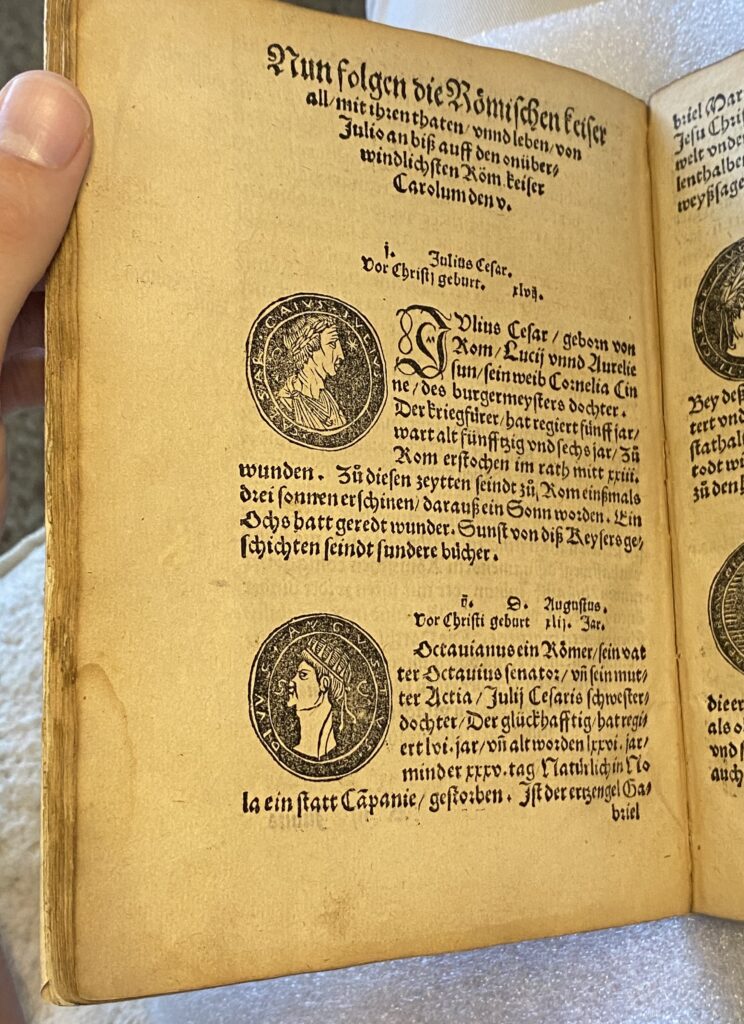Bill Hale
I am a writer, deeply immersed in the world of collecting and reading, where my passions and creative endeavors have converged to birth the creation of Ageless Literature.
Kasper Sturm, born in Oppenheim in 1475, was the son of an Electoral Palatinate official, a significant figure of his time. He would become an even more important man in history than his father. Sturm began working for a law office and was contracted by the Nuremberg Council to report on political events and other important matters to the German Reich. Amid his duties, Sturm found solace in the pages of the Nuremberg Chronicle, a renowned illustrated encyclopedia crafted by Hartmann Schedel. This groundbreaking book, weaving together world history and biblical stories, reflects the intricate fabric of human civilization. Original copies of this highly coveted and scarce book have fetched prices exceeding USD 200,000 at auctions in recent years, with very few copies appearing on the market.
Sturm’s legacy transcended his role as a chronicler. His friendship with Martin Luther, the iconic reformer, underscored his courage and loyalty, cementing his name as an important historical figure. Sturm admired the courage of the rebellious monk Martin Luther and played a pivotal role in safeguarding Luther during his journey to the Diet of Worms in 1521. This event has echoed through history and has been immortalized in the stained glass windows of St. Catherine’s Church.
Martin Luther was a key figure in history, famous for sparking the Protestant Reformation in the 1500s and his revolutionary and accessible early translation of The Holy Bible. As a monk and professor, he challenged the Catholic Church’s practices, especially the sale of indulgences and the belief in salvation through good deeds. His “Ninety-Five Theses,” posted in 1517, criticized these practices and called for reform, igniting a movement that would divide Christianity in Europe and reshape religious, social, and political landscapes for generations. Luther’s translation of the Bible into German made it accessible to ordinary people, promoting literacy and the development of vernacular languages. His teachings emphasized faith over rituals and the idea that everyone could connect with God directly, challenging the Church’s authority and inspiring movements for individual liberty and religious freedom. Luther’s impact extended far beyond religion, shaping cultural, intellectual, and political realms and leaving a lasting legacy that continues to influence the modern world. On May 8th, Charles V issued the imperial ban against Luther, officially known as the Edict of Worms.
Kaspar Sturm served as an imperial herald for Archbishop Albrecht of Brandenburg, Mainz, under Charles V. Sturm played a vital role in communication between ruling houses. Despite heralds typically being lesser-known, Sturm’s support and escort of Luther to the Reichstag in Worms set him apart. His writings, however, were not widely known until recently. Kaspar Sturm’s son, Philipp Jakob Sturm, became a pharmacist in Friedberg. He inherited the ceremonial sword of the imperial herald, also known as the “Luther sword,” from his father. This sword, which measured over 2 meters long, was purchased by a bookseller in the 1840s for a substantial sum. It was later loaned to the Wetterau region by Philipp’s descendant, Fritz H. Herrmann. Eventually, it found its way to the museum of the city of Friedberg for public display.
Die Kleyn Furstlich Chronica was published in 1544 and written by Kasper Sturm. The full title translates to the Small Princely Chronica as an abbreviation of the four monarchies, covering the highest regiments from the beginning of the world to the last regiments of the Roman Empire. Inspired by the Nuremberg Chronicles, provides a look at the history of the world as it knew it in the early 1500s. More than 30 pages of illustrations.
This is the first and only edition known to have survived over the last 480 years outside of a handful in special collections. Rebound in a rare antiphonary leaf from the 1600s, one of the three liturgical books used for the Divine Office. This book is in exceptional condition for its age with a firm binding.





I am a writer, deeply immersed in the world of collecting and reading, where my passions and creative endeavors have converged to birth the creation of Ageless Literature.
Subscribe now to keep reading and get access to the full archive.
Comments (0)